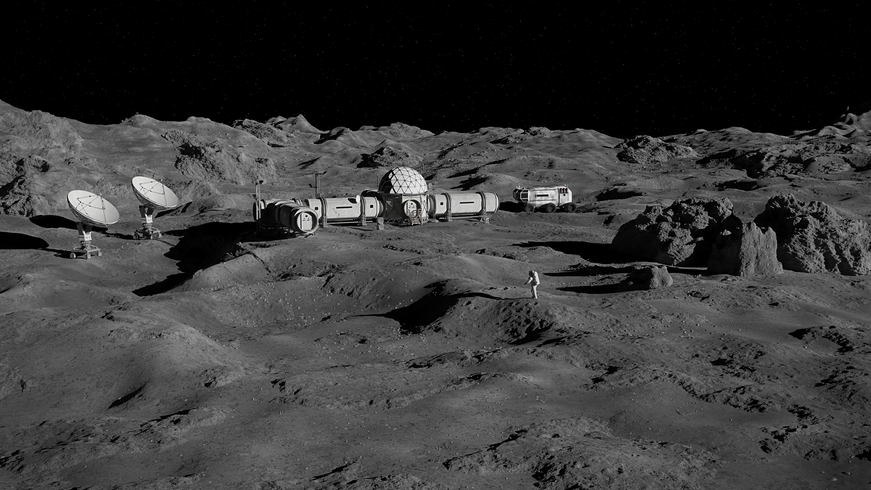Sand displacement by falling ball


Task / Calculation
The proverb "built on sand" shows that buildings and facilities that are to be constructed on sandy subsoil require a very precise examination. The computational description of low bearing capacity subsoils or soil material is not trivial. The behavior of the soil material can be determined by means of slide tests, in which the gradient angle is determined. From this, corresponding soil models can be determined, which are used in finite element calculations (e.g. Drucker-Prager). A soil model is more or less a material model, with which the behavior of the subsoil is described. Corresponding FE models can then be used, for example, to determine the force during the penetration of displacement piles for the construction of bridges, high-rise buildings, etc.. Likewise, the behavior of piles and foundations under static loads. But also dynamic loads can be considered.
The Steinheim Basin is located less than 10 km from our office in Heidenheim. The Steinheim Basin was formed by a meteorite impact about 14.5 million years ago, which had a diameter of about 150 meters. The resulting impact crater has a diameter of about 4 km. If one knows approximately the ground structure, the depth of the crater can be determined computationally, but also the amount of dust and ground material, which is hurled into the height. You can see a similar but less spectacular scenario in the attached video, where a steel ball weighing about 8 kg hits a sandy soil at an angle and penetrates the ground.
Video
An 8 kg ball hits a sandy floor at a speed of 15 m/s vertically and 10 m/s horizontally.
What can be studied with such computational models?
In a blog article, we showed that the influence of a soccer ball on a sandcastle can be modeled. While this nicely demonstrates the computational approach, it probably fails because the cost of such a calculation is not matched by any benefit.
But what technically interesting applications are there for such simulations?

For example, a lunar landing mission. The lander's thrusters kick up dust that can settle on buildings, access paths, optical instruments, etc. Since lunar dust is very abrasive, this dust deposition should be avoided as much as possible, for example, for a lunar base that is being planned. The amount of dust that is stirred up and where it settles can be simulated in a vacuum.
But the behavior of an out-of-control vehicle on Earth is also of interest, especially the question of whether it overturns. These scenarios are considered in the automotive industry. Dust deposition from grinding dusts in grinding machines is also a topic where the flow also plays a significant role, which is known to be of no importance on the moon. So, depending on what the issue is, appropriate computational models can be used. In the example of the sphere it is a CEL method, which is implemented in ABAQUS.
If it is about the behavior of rocks and debris, e.g. when unloading a truck, ROCKY is more suitable, if the flow dominates, e.g. in the case of grinding dust, a flow solver like Star CCM + is the better choice. The effects of a tidal wave on a building, such as in a tsunami can be solved with SPH methods. If everything somehow plays a role, systems can also be coupled with each other.
Ask us! We will show you which approaches are best suited for your specific problem and will be happy to professionally implement the calculation for you.
Keywords
- Asteroid
- Ground
- Ground Model
- CEL Coupled Euler-Lagrange
- CFD
- DEM Discrete Element Method
- Drucker-Prager
- FEM
- Foundation
- Building
- Rubble
- Granular materials
- Granular material
- Impact
- Crater
- Meteor impact
- Particle simulation
- Sand
- sand castle
- Bulk material
- Simulation
- SPH Smoothed Particle Hydrodynamics
- Dust
- Dust Deposition